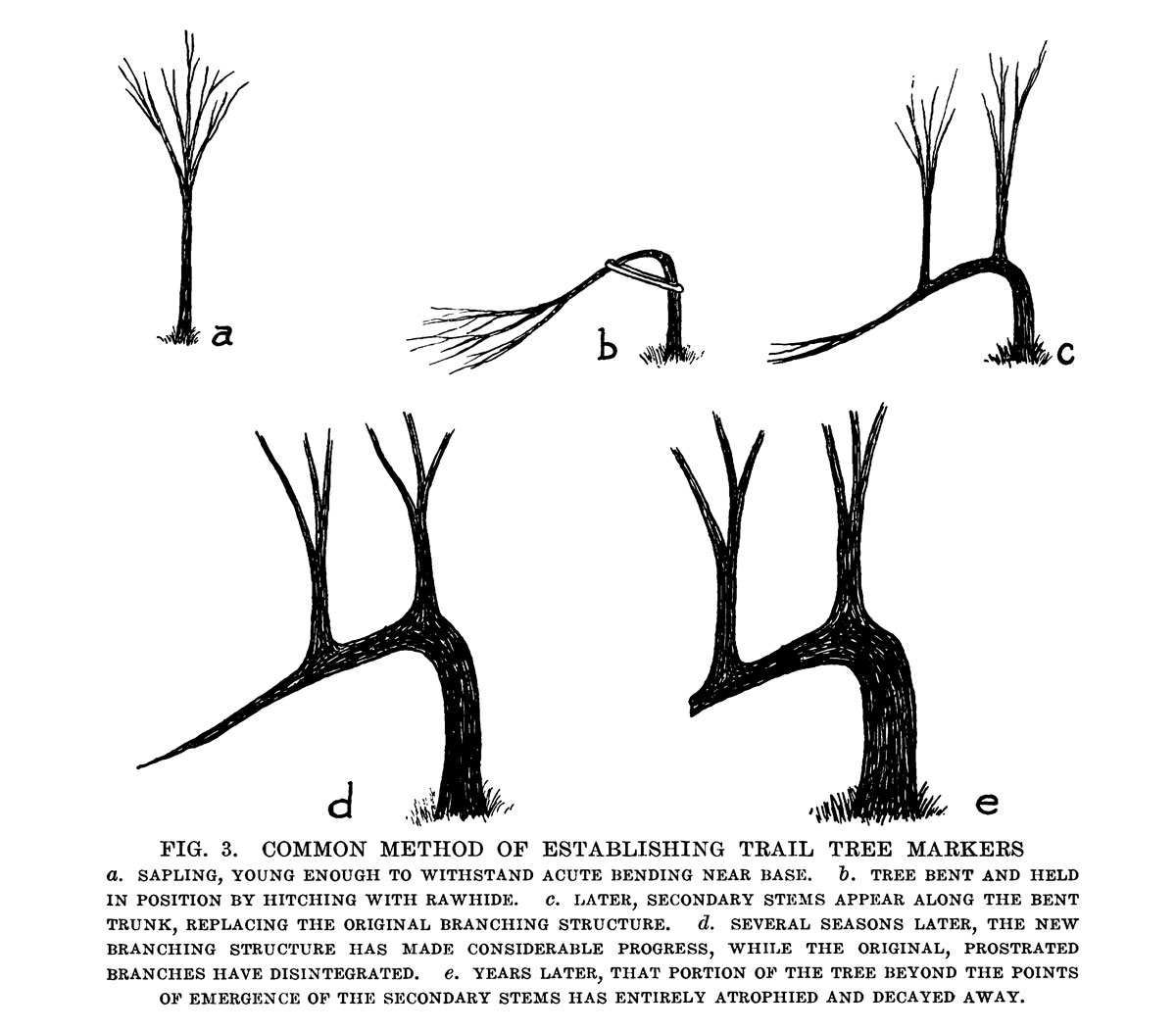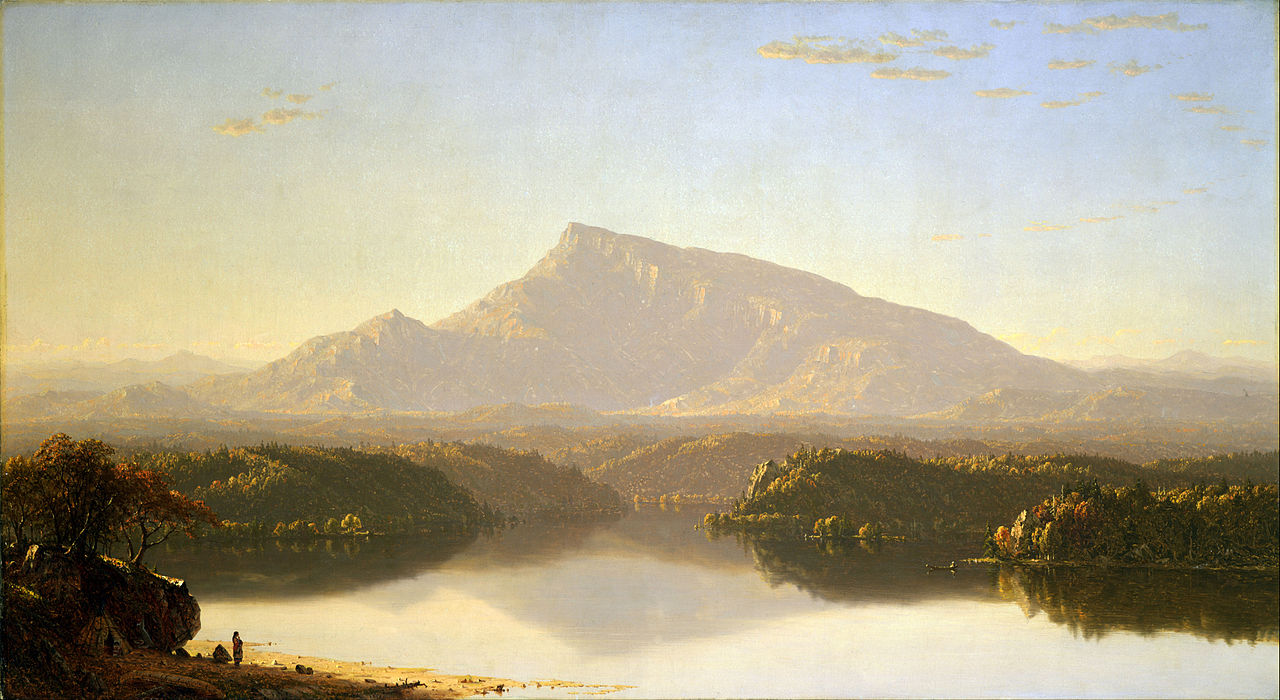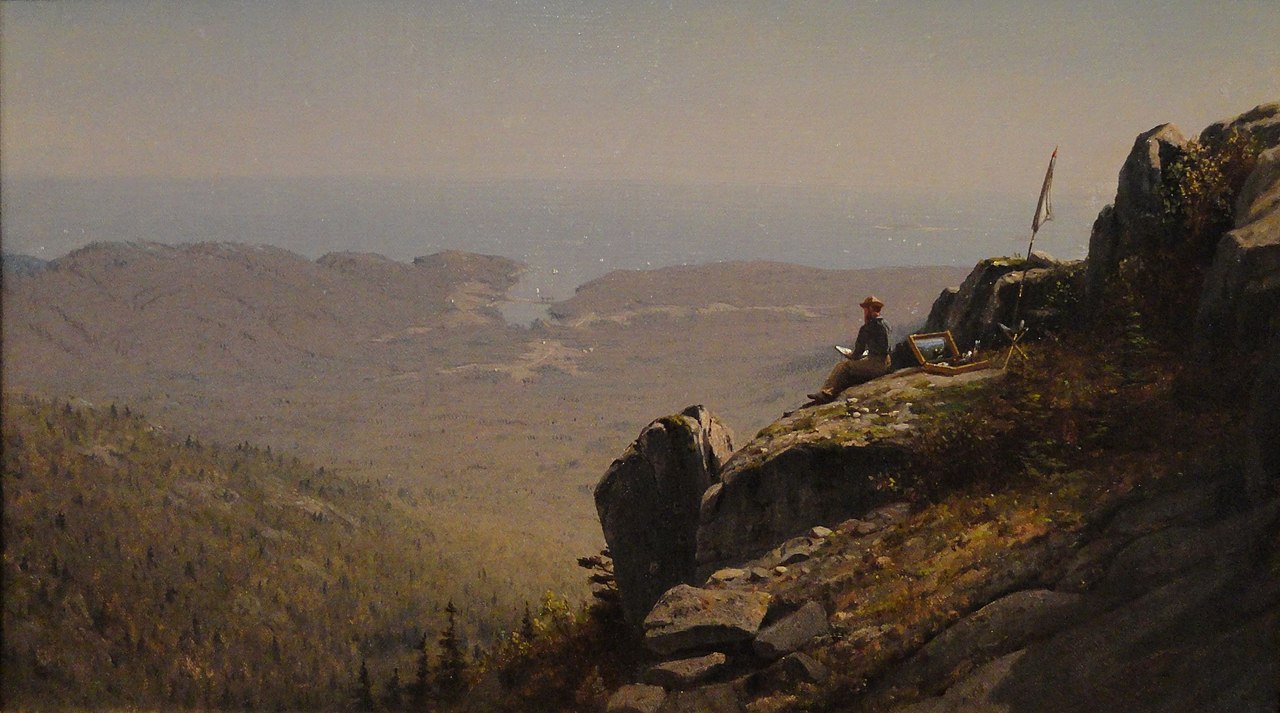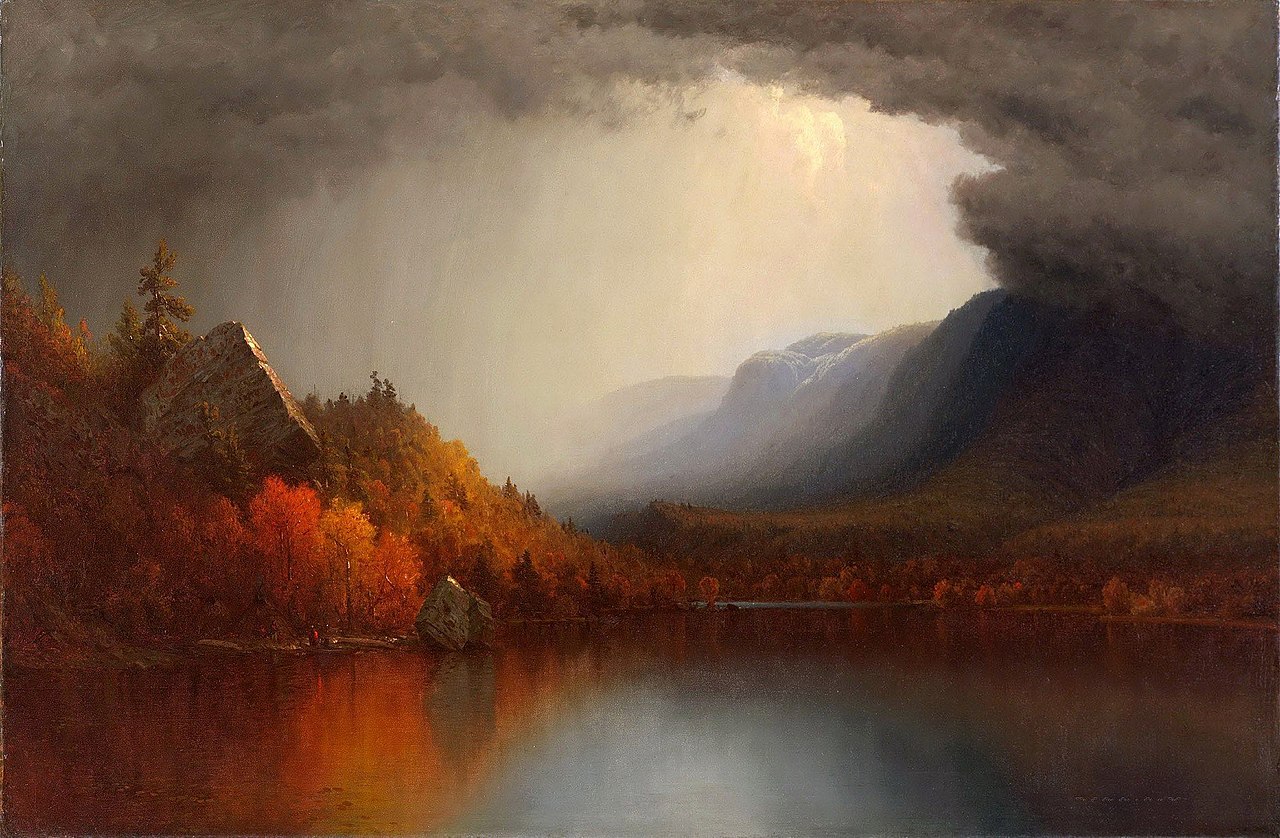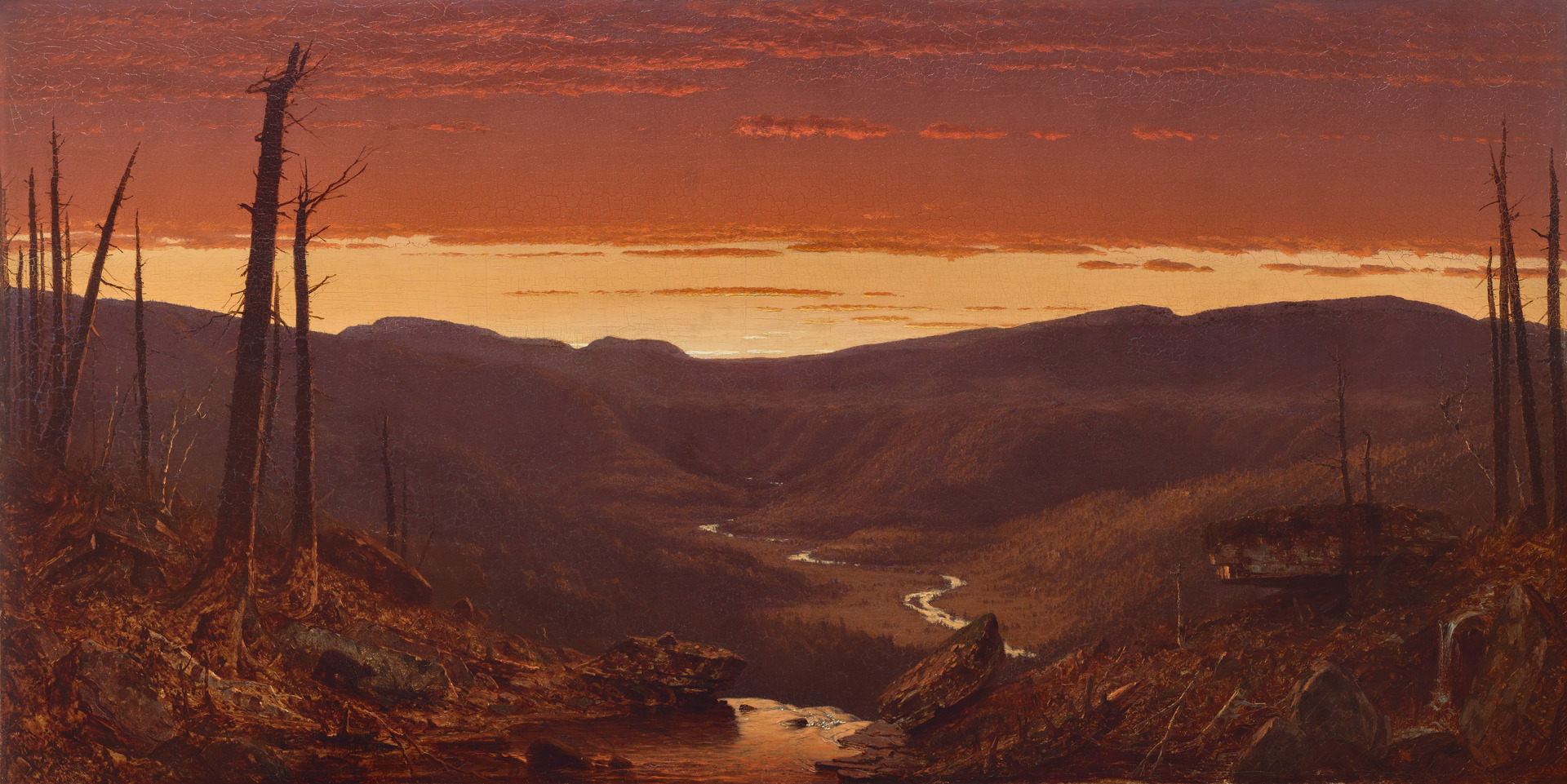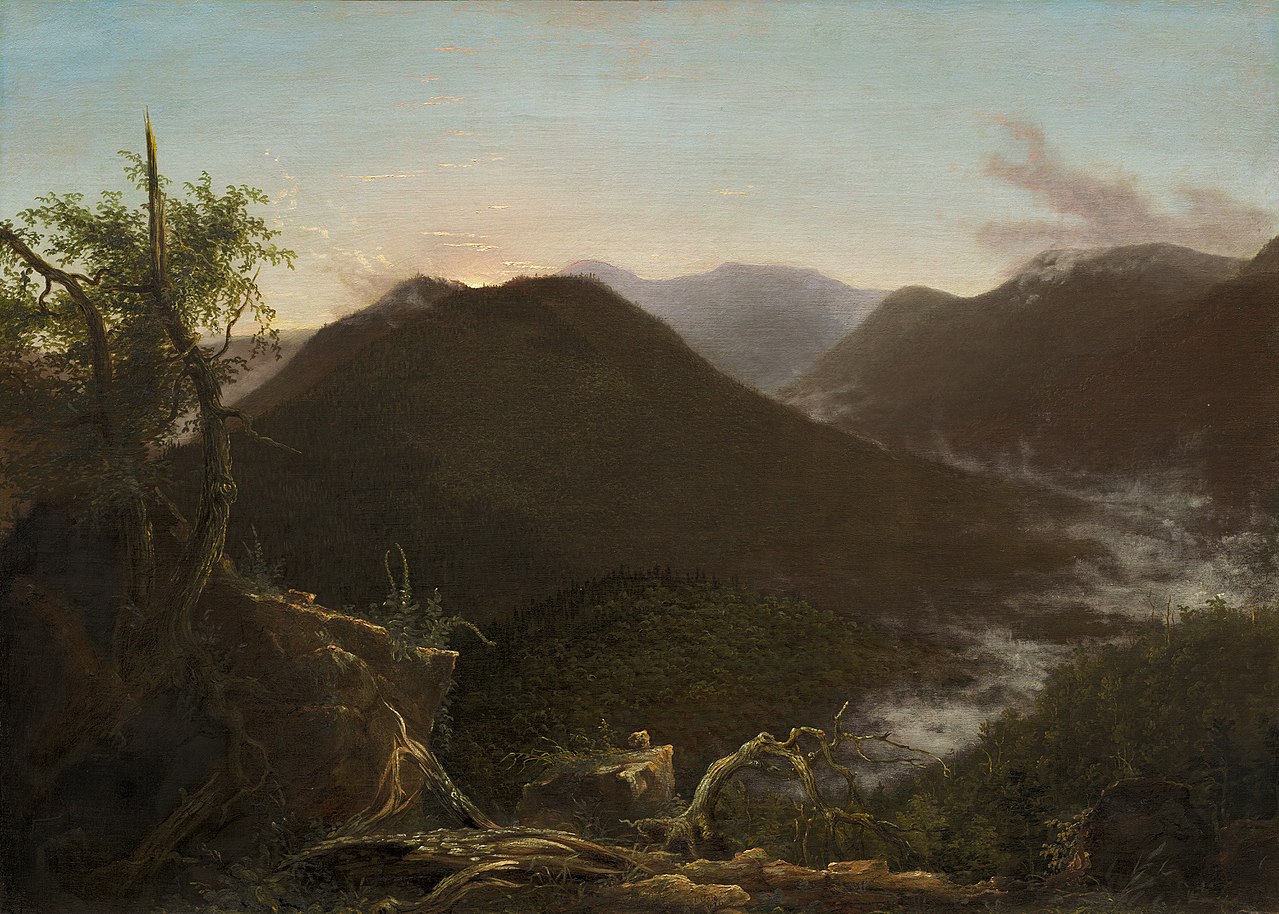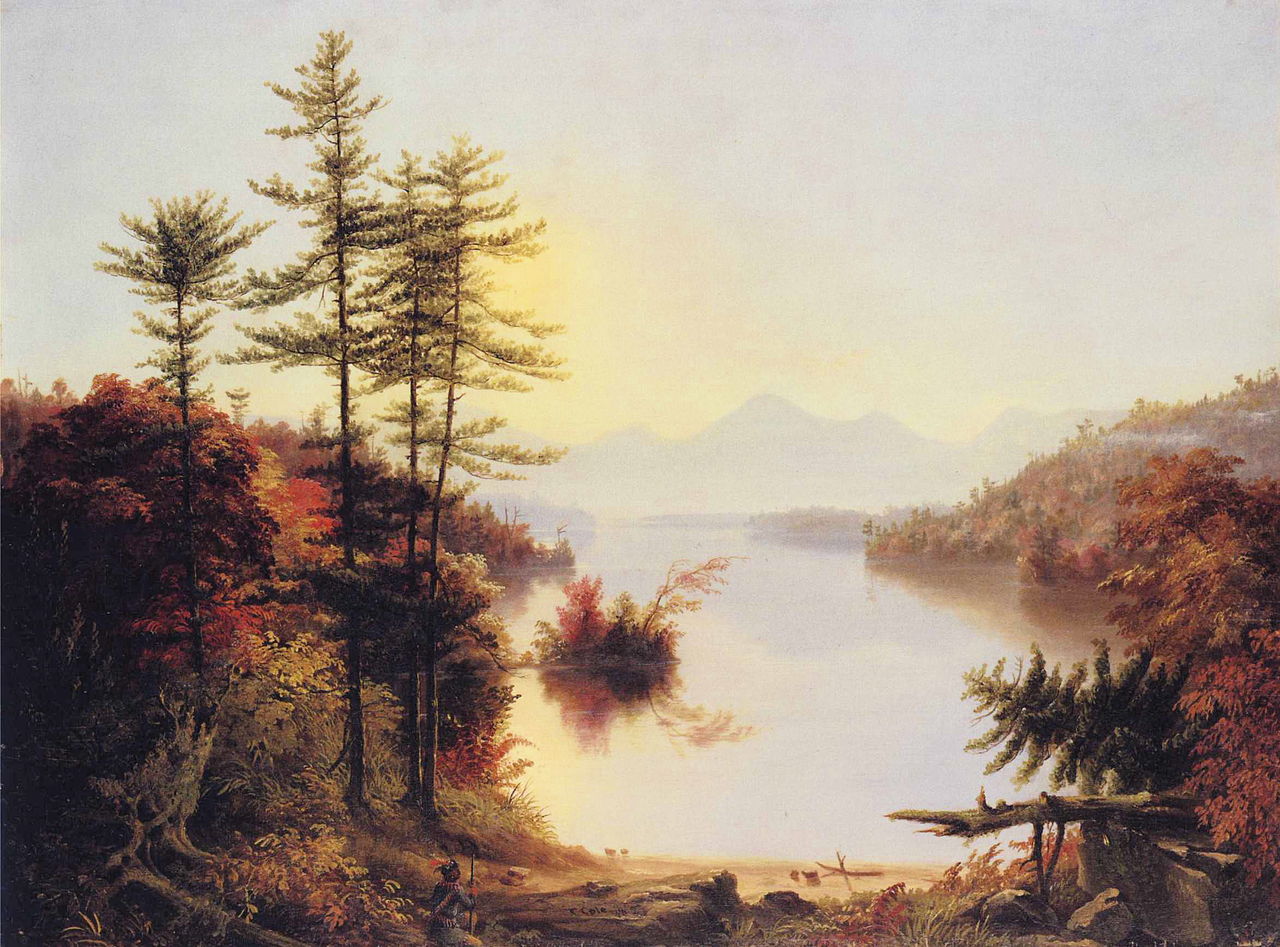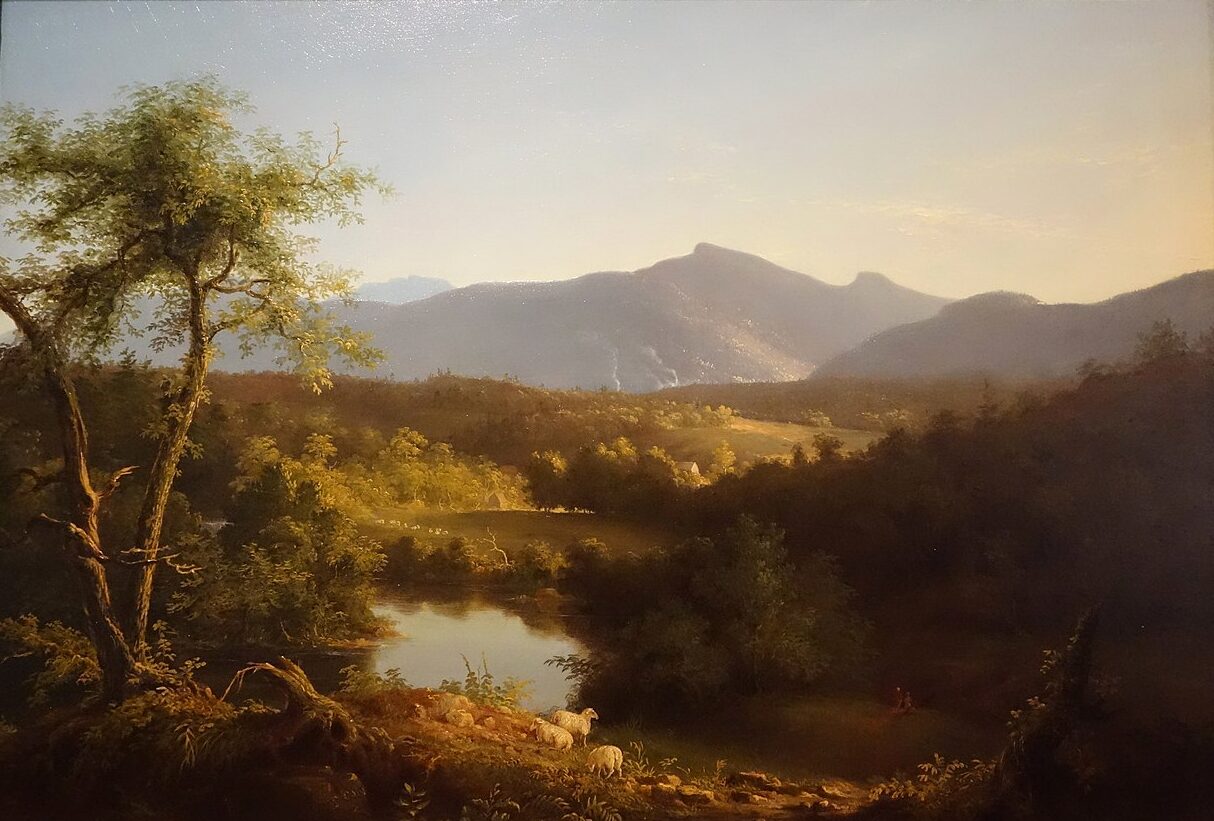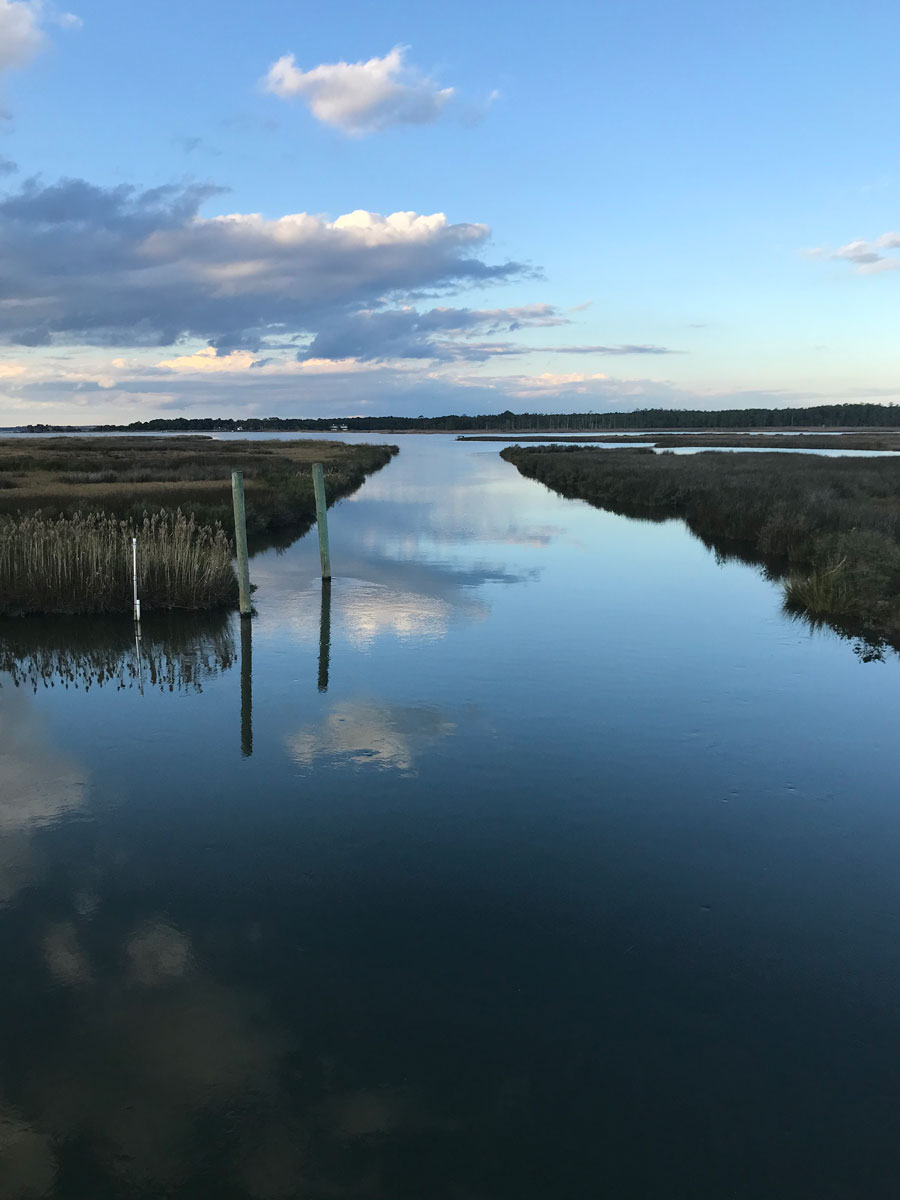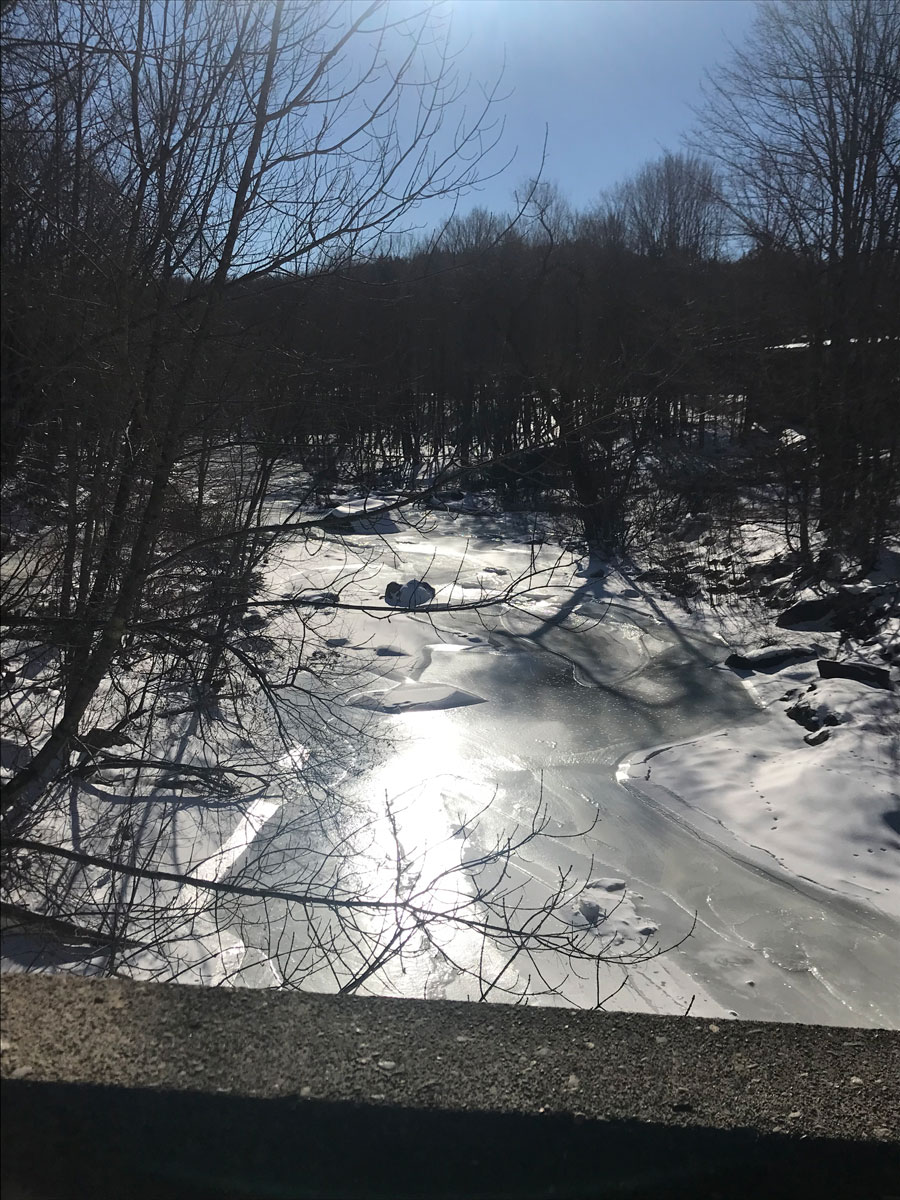Reading the Trail Trees
Alexander Nemerov on his efforts to resurrect the spirits of our lost woods
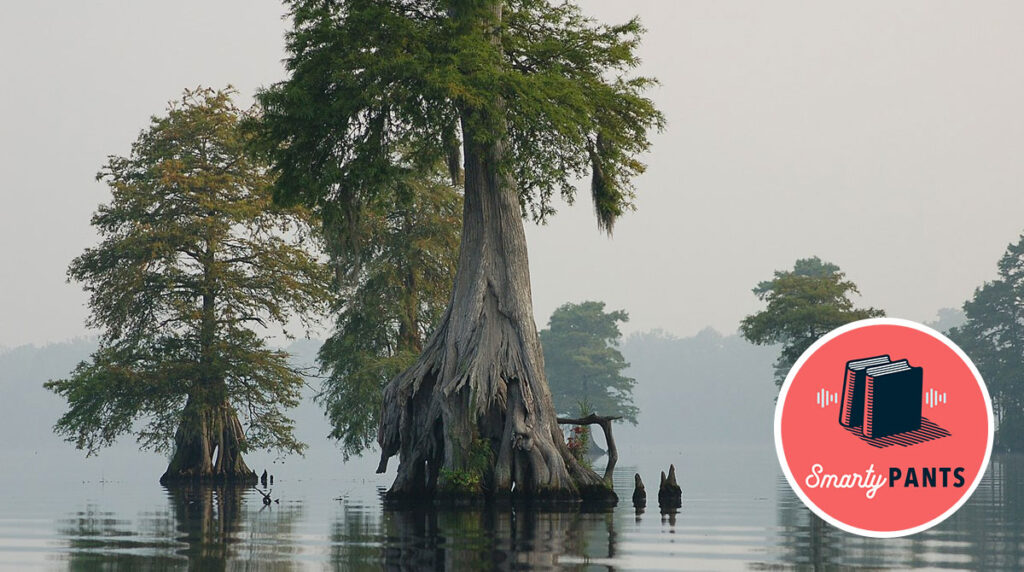
America in the 1830s was stranger than we might think: cities were made of wood, primeval forests towered above East and West coasts alike, and the Great Dismal Swamp still swallowed more than a million acres of Virginia. Alexander Nemerov, an art historian at Stanford University, brings this unruly and uncanny world to life in his new book, The Forest: A Fable of America in the 1830s. Neither history nor fiction, the book offers dozens of gem-like stories of man’s last real encounters with these ancient forests: Nat Turner’s woodland hiding place, the inscription of the Cherokee language both in trail trees and on paper, Harriet Tubman’s view of the Leonid meteor shower, the painter Thomas Cole’s top hat of felted beaver fur. Nemerov joins us on the podcast to discuss what his unusual approach reveals about this turning point between civilization and the wild.
Go beyond the episode:
- Alexander Nemerov’s The Forest: A Fable of America in the 1830s
- Saidiya Hartman’s Wayward Lives, Beautiful Experiments is a luminous work of historical imagination
- You can walk along Chicago’s lone wooden block alley, a remnant of the world that went up in smoke in the Great Fire of 1871
- The Great Dismal Swamp may have shrunk, but it’s still there
Tune in every week to catch interviews with the liveliest voices from literature, the arts, sciences, history, and public affairs; reports on cutting-edge works in progress; long-form narratives; and compelling excerpts from new books. Hosted by Stephanie Bastek. Follow us on Twitter @TheAmScho or on Facebook.
Subscribe: iTunes • Stitcher • Spotify • Google Play • Acast
Download the audio here (right click to “save link as …”)
Have suggestions for projects you’d like us to catch up on, or writers you want to hear from? Send us a note: podcast [at] theamericanscholar [dot] org. And rate us on iTunes! Our theme music was composed by Nathan Prillaman.

